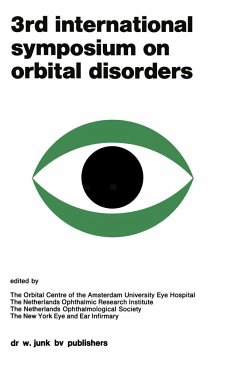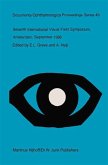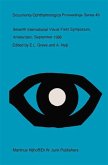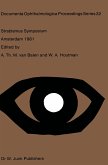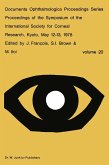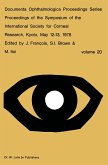We have compiled a series of over 300 consecutive clses of unilateral exoph thalmos with definitive diagnosis of the causes of disease process and an adequate follow-up period. Orbital and periorbital tumors constitute 34% of this series, inflammatory diseases including thyroid disorders 50%, arteriovenous abnormalities 4%, and miscellaneous disorders 12%. All patients were thoroughly evaluated clinically and with appropriate diagnostic tests, including ultrasonography (combined A-scan and B-scan), computerized axial tomography (EMI cranial scan), and radiographic tech niques (plain films and hypocycloidal poly tomography), orbital venography, and carotid arteriography. Each test was found to have diagnostic capabil ities which complemented other studies, depending upon the specific disease process involved. No one test was entirely adequate without the others. Radiographic studies demonstrated bony abnormality in 50% of tumor cases, but in only 28% of the entire series of exophthalmos cases. Primary orbital tumors had a lower hield with radiography than did secondary tumors. Computerized tomography demonstrated diagnostic soft tissue abnormality in 86% of tumors, 43% of inflammatory diseases, and an overall yield of 62% positive results. Ultrasonography proved the most versatile test for evaluation of orbital soft tissues, with 80% positive results for tumors, 87% for inflammatory disorders, and 78% overall acurate diagnosis.
Hinweis: Dieser Artikel kann nur an eine deutsche Lieferadresse ausgeliefert werden.
Hinweis: Dieser Artikel kann nur an eine deutsche Lieferadresse ausgeliefert werden.

